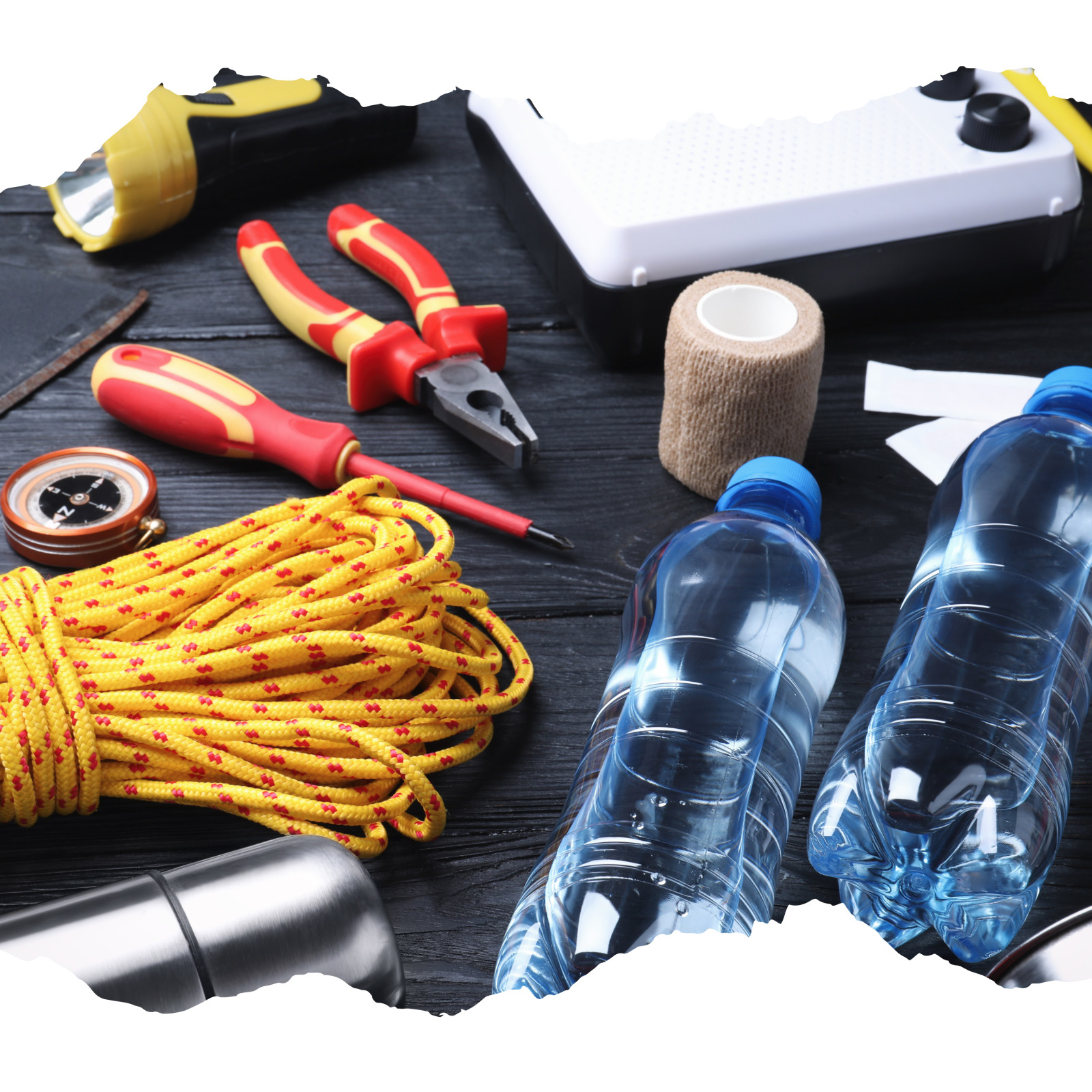
10 Affordable Survival Tools Every Beginner Should Own
Starting your survival gear collection doesn’t need to break the bank. Building a kit with essential tools can be simple and budget-friendly if you know where to begin. Often, it’s about prioritizing function and creativity over fancy gadgets. Below, we’ll walk you through ten must-have survival tools, following the 10 Cs of survival, to help you get started.
Remember, the best gear is what you have on you when you need it, so focus on items that are reliable and durable, even if they’re affordable.
1. Cutting Tools
When it comes to survival, cutting tools are indispensable. A good knife or axe can be the backbone of your kit for countless tasks like food prep, wood processing, and self-defense.
- Primary Knife: Look for a full tang, carbon steel knife with a 4”-6” blade. It’s sturdy for rugged tasks and easier to sharpen in the field. Skip the bulky Rambo-style knives; stick with functional, versatile designs.
- Folding Knife: A classic 3-bladed pocket knife is compact and perfect for small game cleaning or everyday tasks.
- Camp Ax or Hatchet: Small enough to carry but useful for chopping wood or building shelters. Tomahawks are also a fantastic lightweight option.
- Folding Saw: Lightweight and easy to pack, folding saws are great for processing wood quickly. On a tight budget? A cheap hardware store limbing saw gets the job done until you can upgrade.
Budget Tip:
Check local stores or online sales for knives and hatchets. Even lower-priced models can be a good starting point as long as they’re well-reviewed.
2. Combustion
Fire is life in a survival situation—it’s your heat, light, and cooking source. Here’s what to pack for reliable fire-making.
- Bic-Type Lighters: Affordable and reliable, but keep in mind that cold climates reduce their performance.
- Ferro Rod: A quality ⅜” ferro rod is a must-have for igniting fires in wet or windy conditions.
- Matches and Extenders: Pack waterproof matches and materials like cotton balls soaked in petroleum jelly to help you start fires faster.
Budget Tip:
Buy a multi-pack of lighters or matches to save money while stocking your kit.
3. Cover
Shelter protects you from harsh elements, and starting with something simple is better than having nothing.
- Tarp: A hardware store's heavy-duty 6’x8’ tarp is an excellent starter shelter option.
- Wool Blankets: Look for wool or wool-blend blankets at thrift stores or online military surplus shops. These insulate well, even when wet.
Budget Tip:
Save up for higher-end gear like waxed canvas tarps as you go, but don’t hesitate to use what’s within your means right now.
4. Containers
Staying hydrated and being able to cook are crucial. The right containers can do double duty in survival scenarios.
- Stainless Water Bottle: Opt for a single-wall stainless steel model. You can boil water directly in it to purify it.
- DIY Bush Pot: A cleaned and repurposed metal coffee can can act as a cooking pot in a pinch.
Budget Tip:
Check kitchenware aisles or recycle items like coffee cans to lower costs until you can invest in professionally designed bushcraft pots.
5. Cordage
From shelter building to repairs, cordage is a versatile tool.
- 550 Paracord: Lightweight and strong, its multiple internal strands can even be used as fishing line.
- Tarred Bank Line: Its tar coating makes it weather-resistant and excellent for lashing.
Budget Tip:
Start with paracord multipacks from big-box retailers and expand with heavier-duty options as you go.
6. Cotton Material
Don’t overlook simple, reusable materials for everyday survival tasks.
- Old T-Shirts or Scrap Fabric: These can be charred for your fire kit, cut into cleaning patches for firearms, or even used as wadding for muzzleloaders.
Budget Tip:
Raid your closet or pick up cheap materials from craft sections in department stores.
7. Cargo Tape
The uses for duct tape are practically endless. It’s a must-have for repairing gear, patching shelters, or even creating improvised tools.
- High-Quality Duct Tape: Brands like Gorilla Tape offer extra durability that's worth the small splurge.
Budget Tip:
Start with a standard roll of tape; even the most basic brands provide plenty of utility.
8. Candling
When the sun sets, or visibility is low, having reliable light sources can save you trouble.
- Tea Candles: Affordable and compact, they make great beginner options.
- Headlamp: Even a cheap AAA-powered model provides hands-free lighting, perfect for night tasks.
- Long burn candles: Long lasting, good value for the money.
Budget Tip:
Bulk packs of tea candles are dirt cheap and long-lasting, making them ideal for beginners.
9. Compass
Navigation is essential, but quality matters in this category.
- Basic Compass: While an inexpensive model can get you started, save up for a better one over time. Even a basic compass is better than none.
Budget Tip:
Watch for sales or clearance deals on reliable compass brands.
10. Canvas Repair Needle
Small but mighty, a repair needle is your go-to for mending gear.
- Needle Variety Pack: Find inexpensive multi-packs in the craft section of department stores.
- Carrying Method: Loop one through the laces of your bag or sheath so it’s always within reach.
Budget Tip:
This is one of the cheapest additions to your kit, so grab a pack early on.
Bringing It All Together
Building a survival kit doesn’t have to happen overnight, and it doesn’t have to cost a fortune. Start with these ten affordable items, and you’ll have a strong foundation to grow from. Whether you’re assembling a go-bag or practicing your bushcraft skills, these tools offer functionality without breaking the bank.
What’s the first item you’ll add to your kit? Share your thoughts below, and if you’ve already started building your kit, tell us what tools you swear by! Remember, preparedness is a gradual process—every step forward is progress.


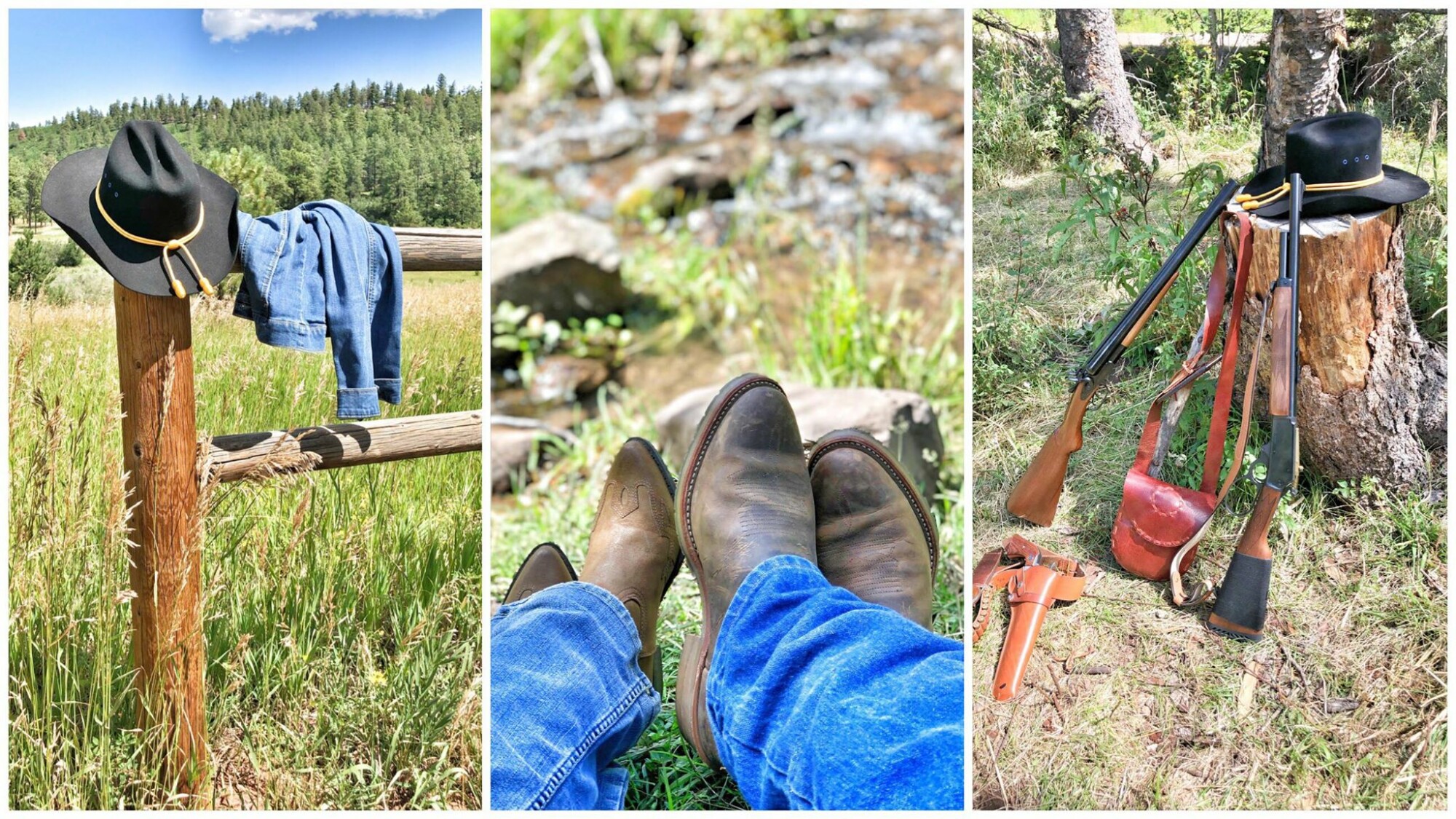
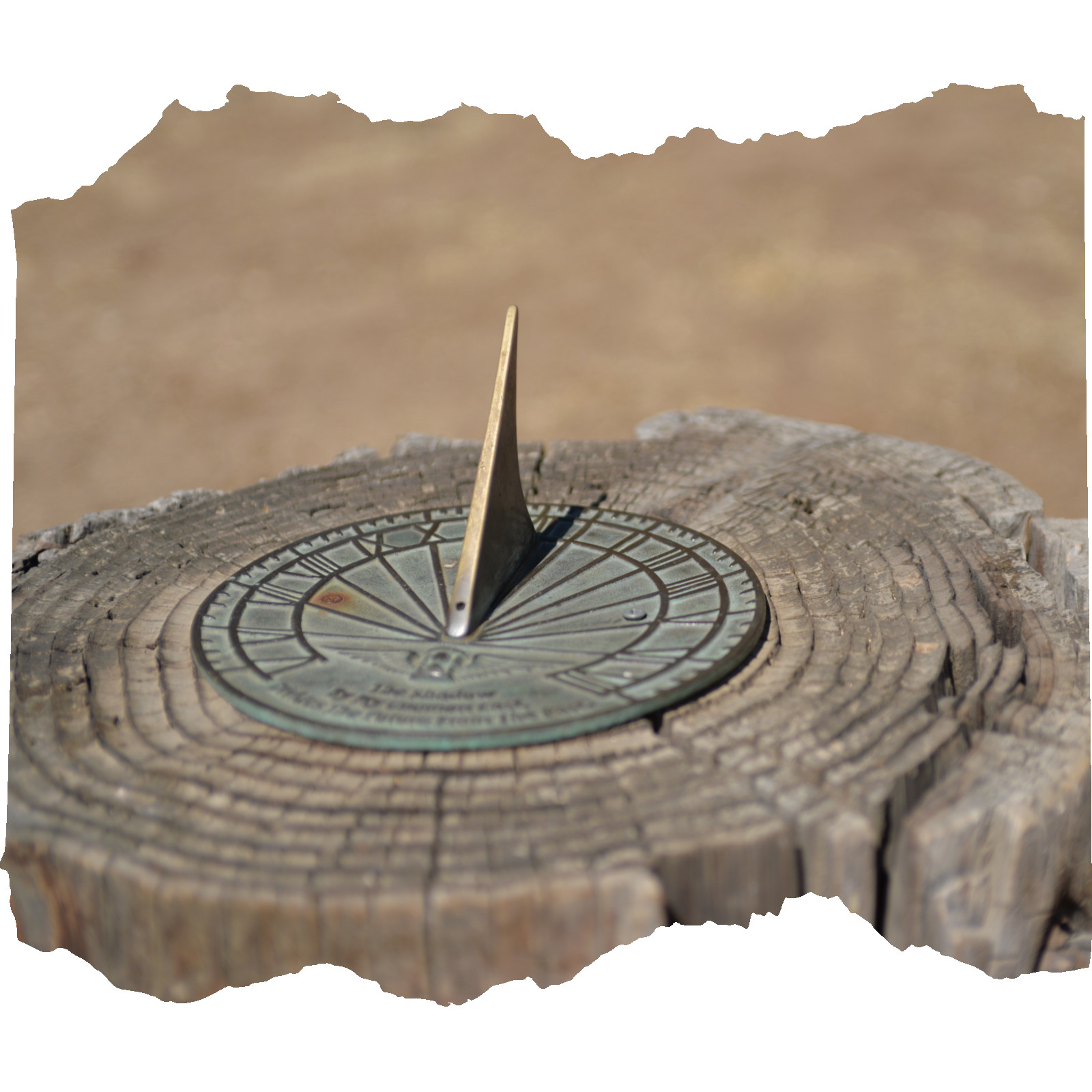

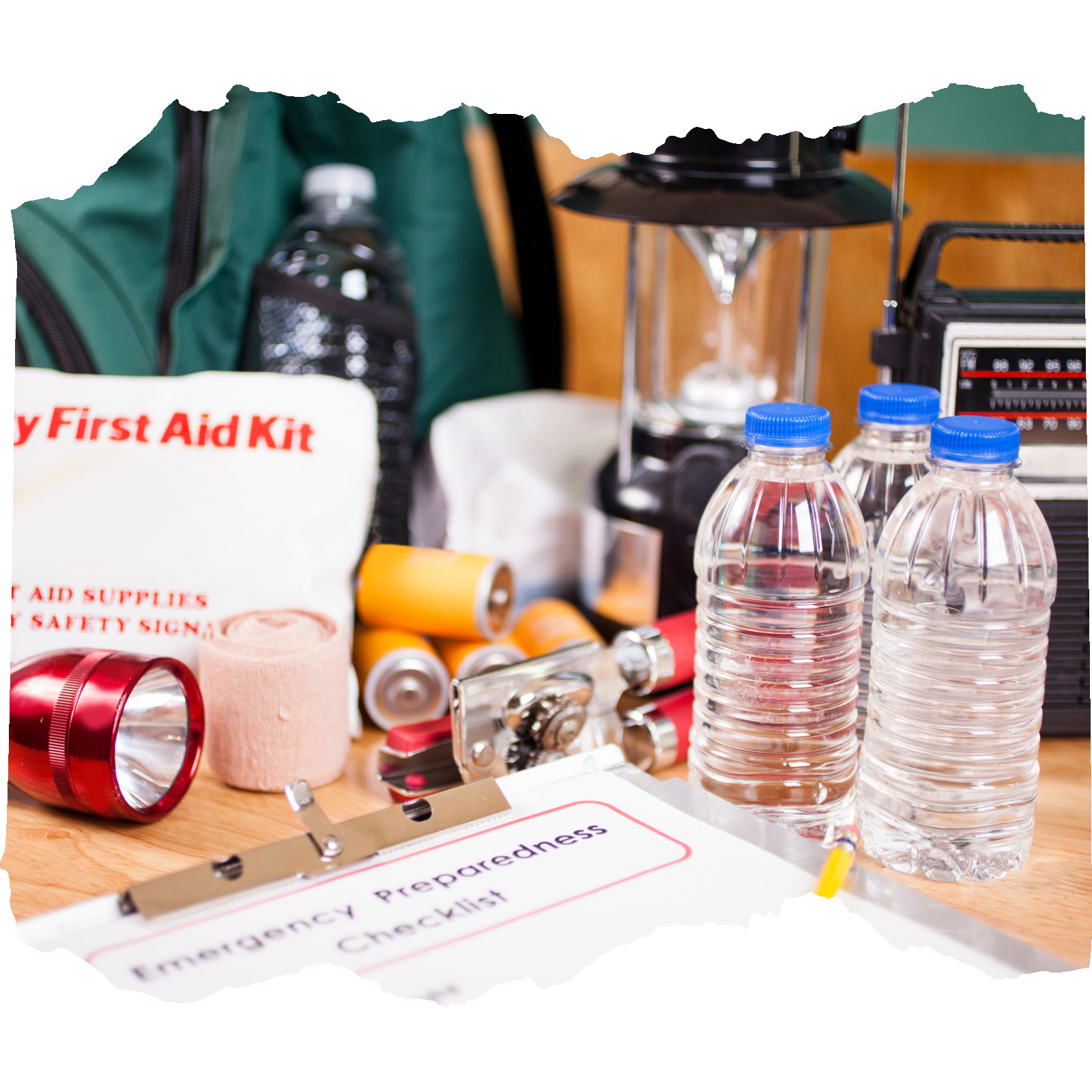
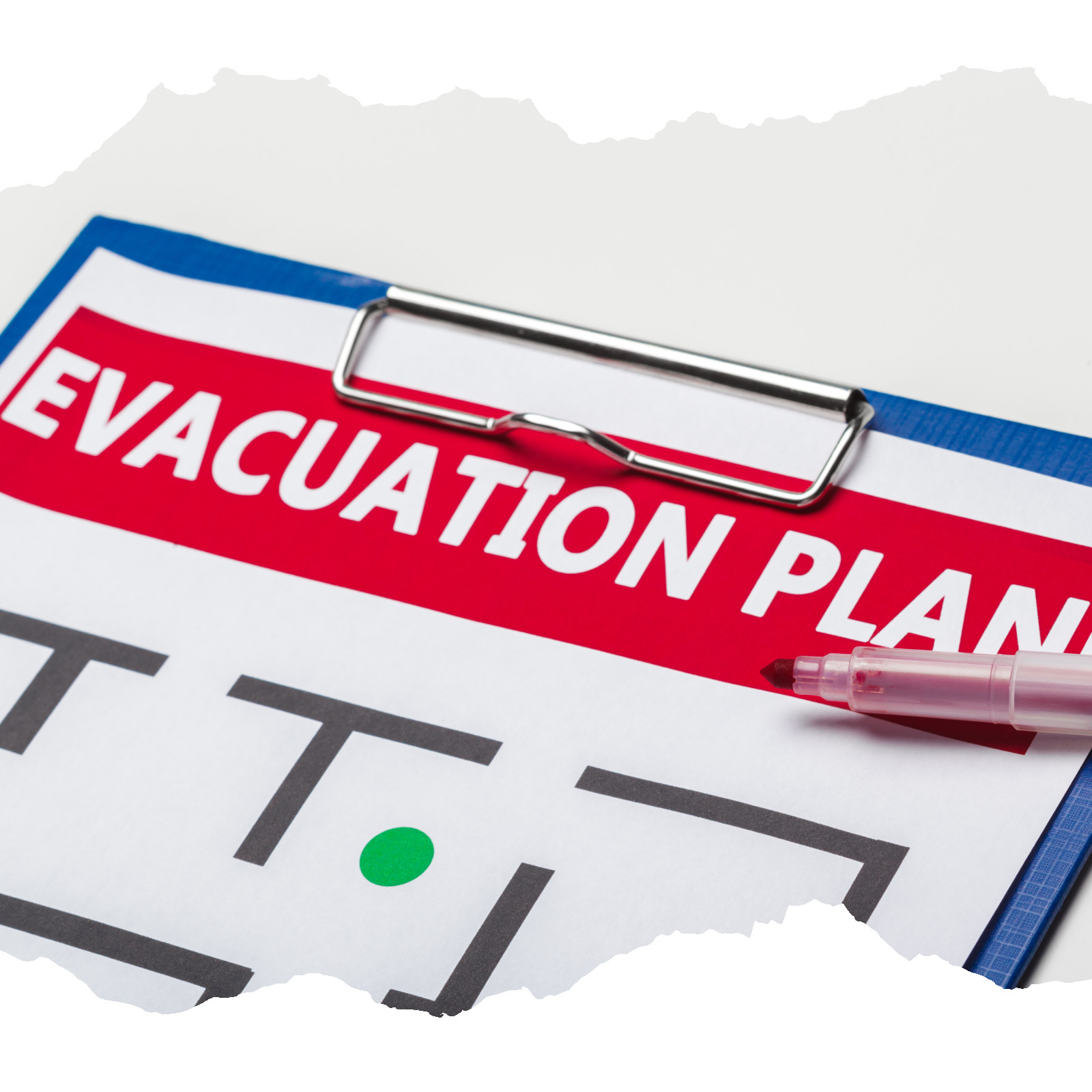
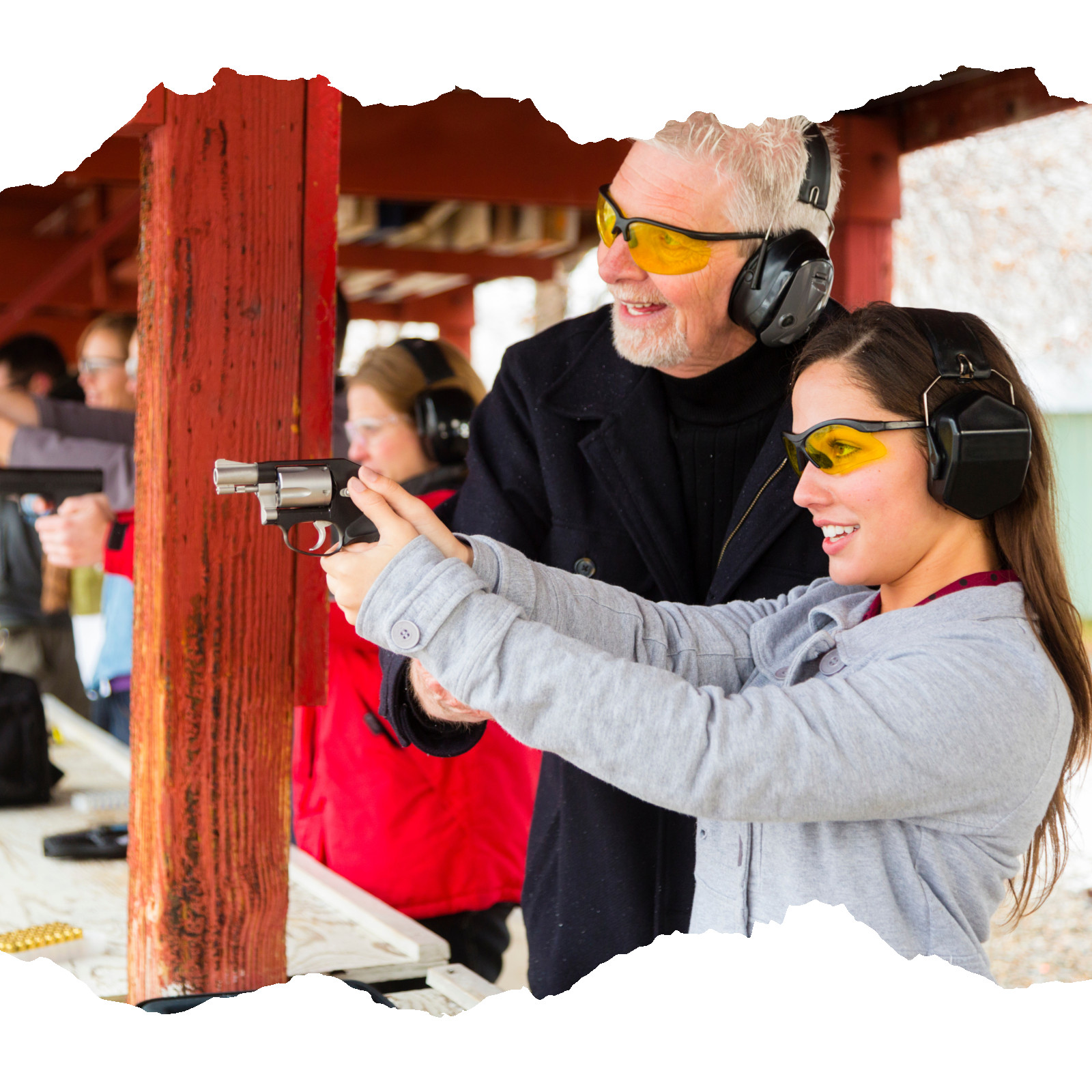
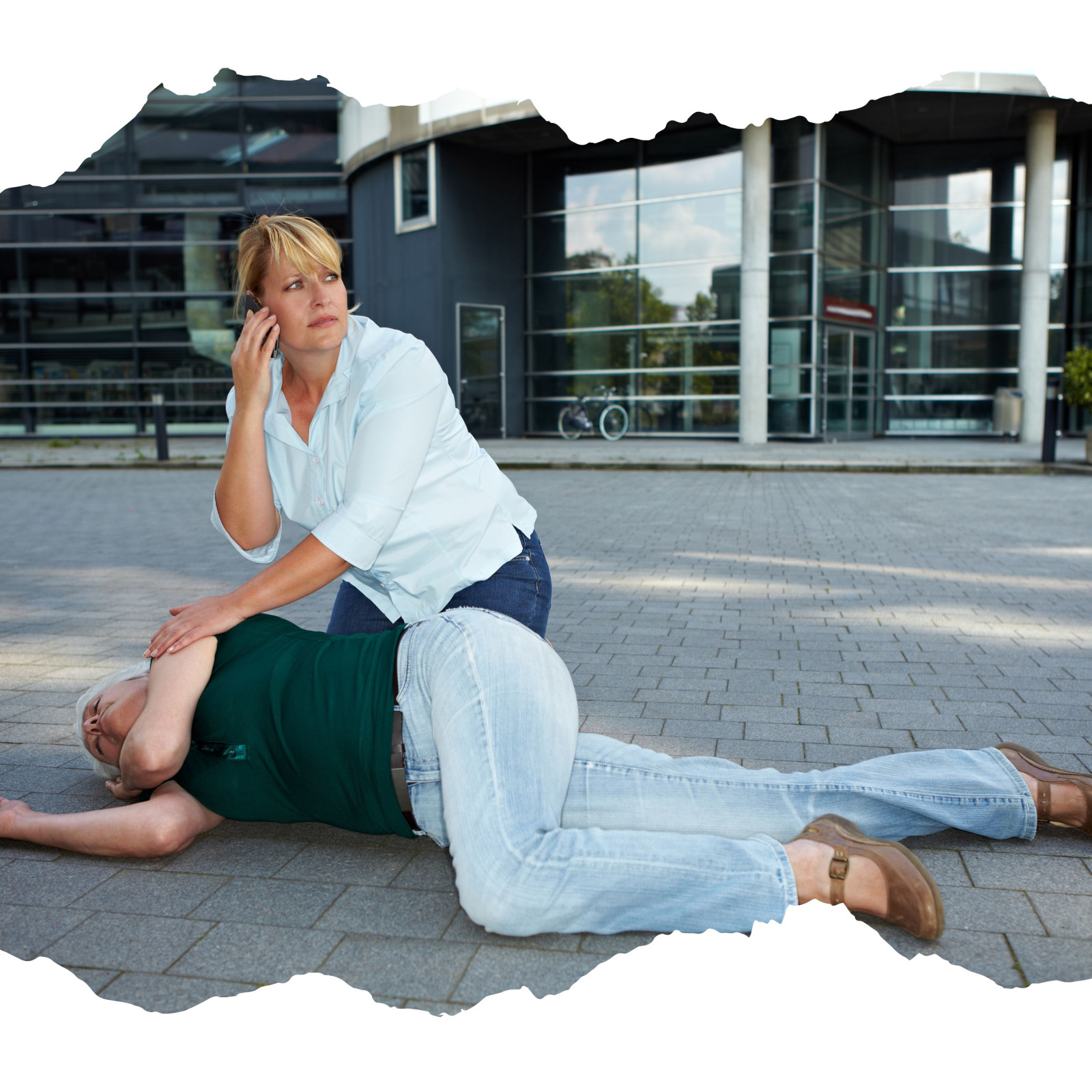

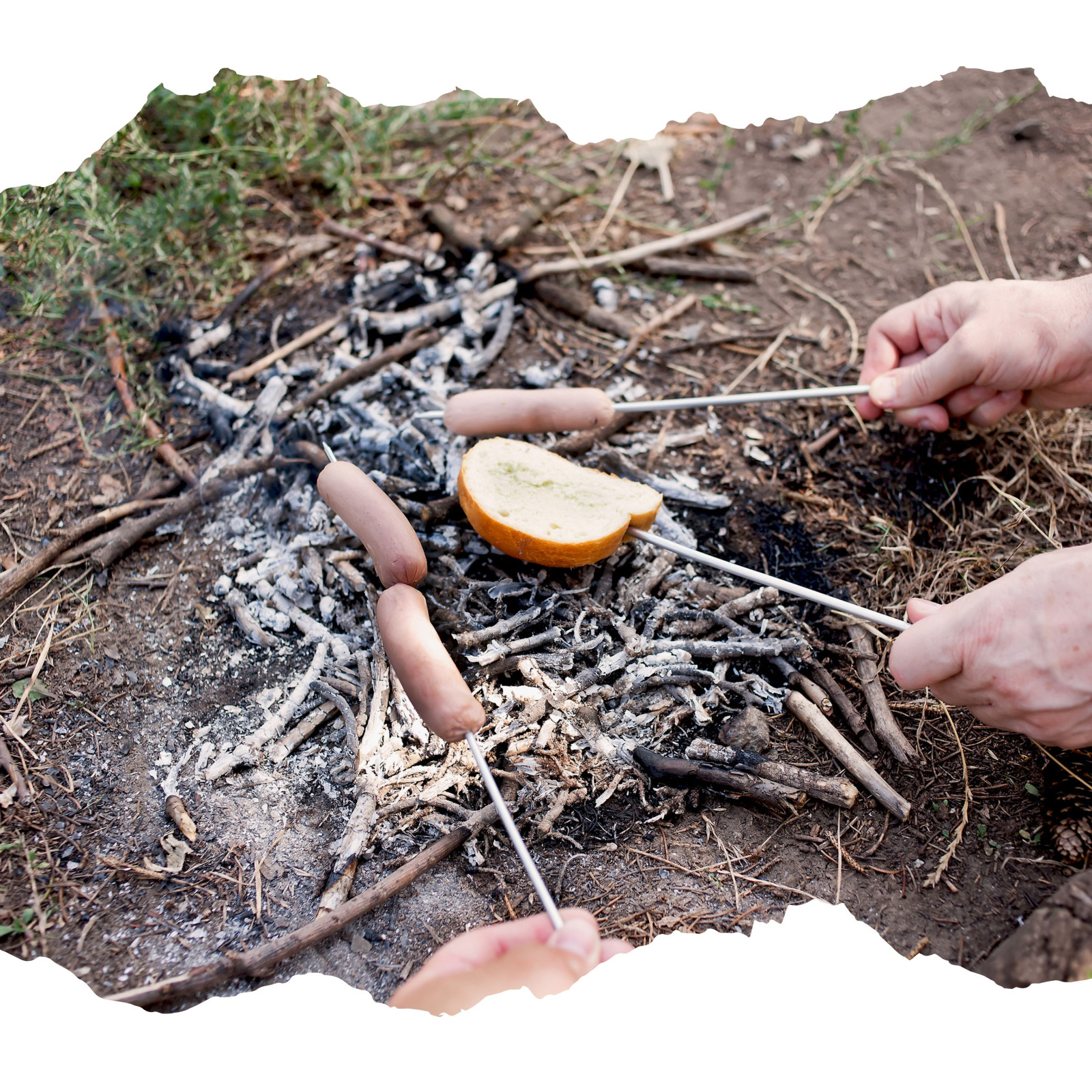
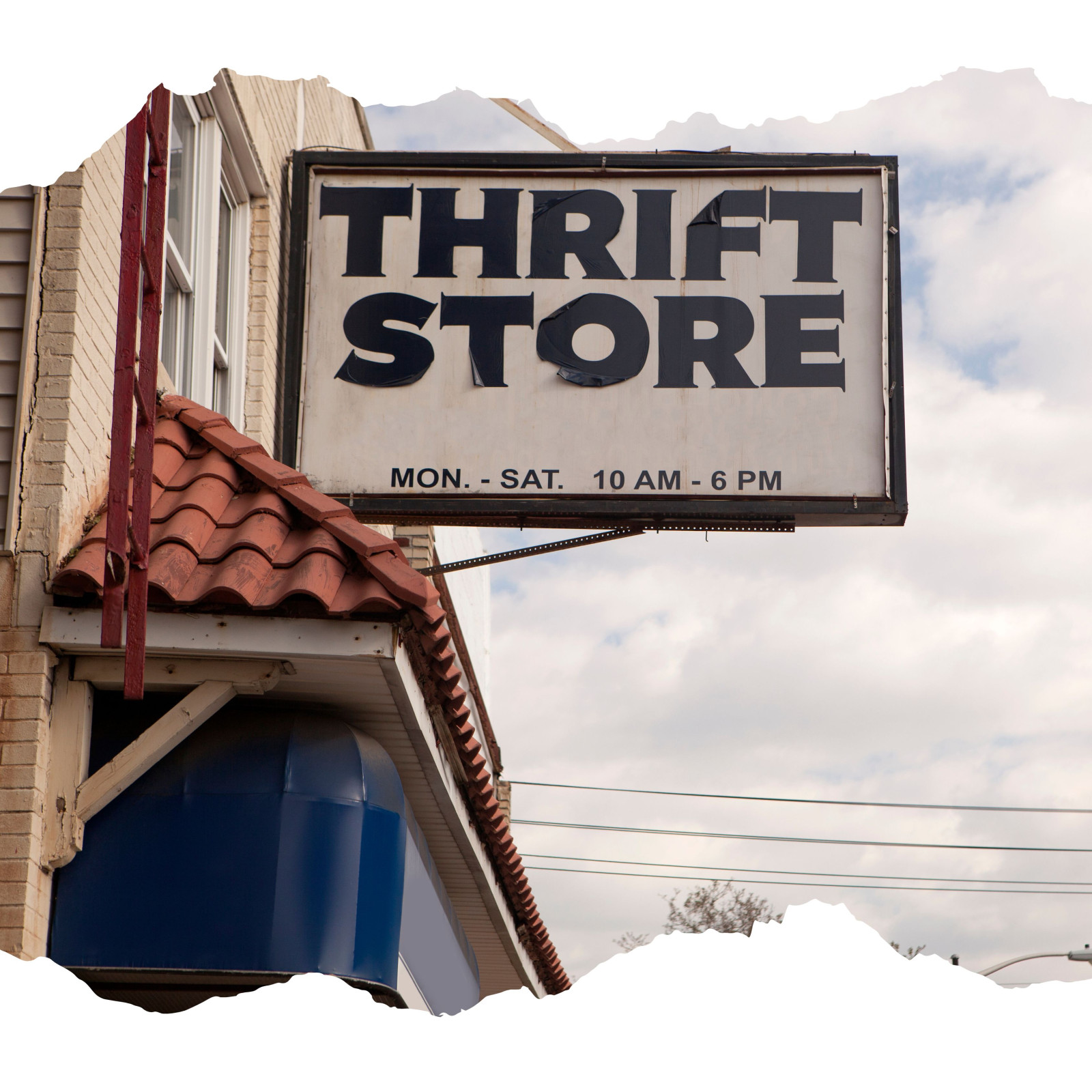

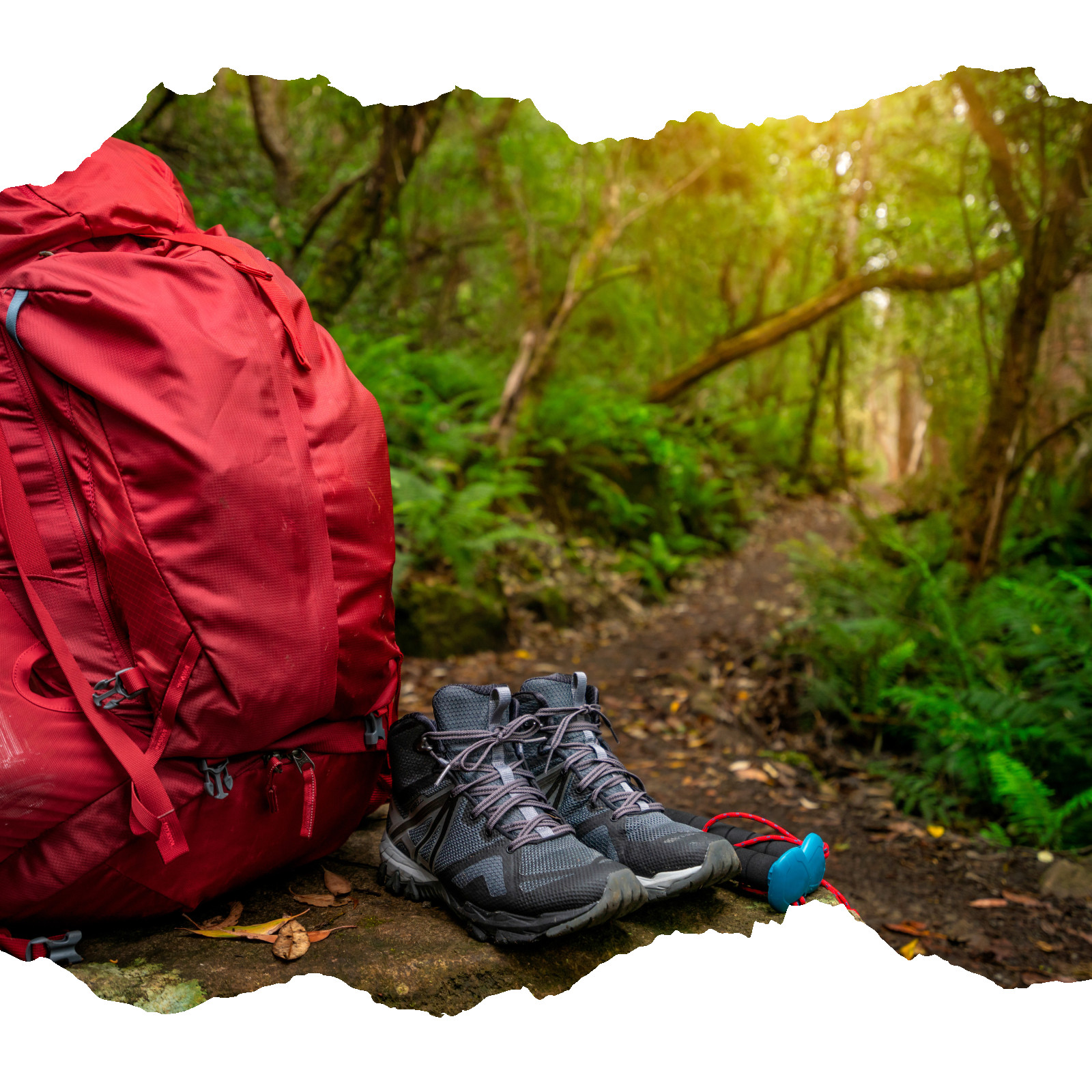




0 Comments